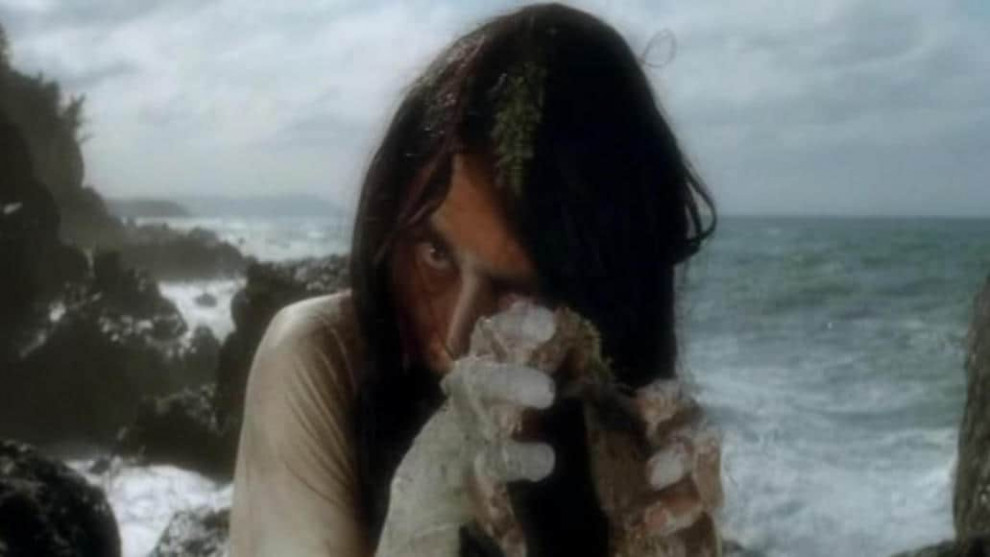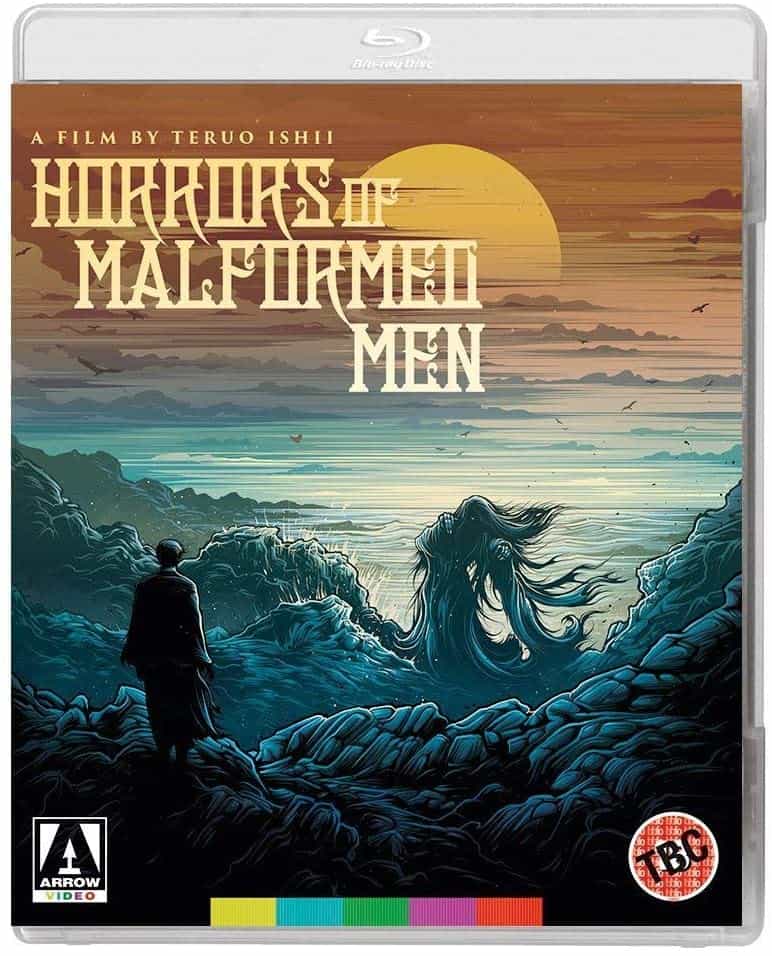Made in 1969 and to this day still banned in Japan, “Horrors of Malformed Men” is a classic “ero guro nansensu” (erotic grotesque nonsense) film, based on few stories by Edogawa Rampo, whose work includes other novels-turned-films like “Blind Beast” and “Gemini”. The main inspiration of director Teruo Ishii was “The Strange Tale of Panorama Island” but he and co-scriptwriters Masahiro Kakefuda ended up adding parts of other Rampo's novels, making “Horrors of Malformed Men” a screenwriting pastiche that doesn't do the film any favors in terms of continuity and coherence, but infuses it with originality, fun and a unique surreal flavor.
Buy This Title
The ban in native Japan was not due to violence or gore – the film is in fact rather tame for a cult horror – but it stems from the Japanese taboo of deformity and its exploitation and the derogatory meaning of the word “malformed”. Nevertheless “Horrors of Malformed Men” has now found its well deserved place in the nirvana of cult horror movies.
The movie opens in a mental asylum full of topless young and crazy women, where a medical student called Hitomi (Teruo Yoshida) is imprisoned for no apparent reasons. Hitomi is suffering from amnesia and doesn't remember his previous life or the reasons of his captivity, the only vague memory left in his confused mind is a sea cliff that he manically sketches on paper and a strange and hunting lullaby. One day, Hitomi is attacked by a mysterious bald man; he fights back and kills him while managing to escape the asylum and once in the streets, he is astonished to hear the familiar lullaby sang by a young girl and circus performer. She also knows about the Island that Hitomi remembers but before she can reveal the location, someone stubs her, framing Hitomi for murder.
Next we see fugitive Hitomi in disguise on a train, finding out by pure chance that a wealthy man named Genzaburo has recently died and – incredibly – he looked exactly like Hitomi. It is an unmissable opportunity for him to create a new identity and in a convolute and comic way, Hitomi takes the place of a re-born Genzaburo in the family home and in all the family duties, including pleasing his wife and his mistress. In his new home, he learns that Genzaburo's father, the insane scientist Jogoro (Tatsumi Hijikata), lives on a island off the coast (the island from his memory!) and is trying to crate there an “ideal community”.
Needless to say, Hitomi will travel to the island to unravel the mystery of his past and will witness the crazy utopia that Jogoro is dreaming and living, at the same time.
If “Horrors of Malformed Men” starts as a classic thriller and carries on with a long (and confusing) introduction, nothing can prepare you for the madness and the hallucinatory effect of the second part of the movie on the Island. Echoes of Japanese post-war nuclear paranoia are still resonant but the imaginative and perverse beauty that imbues this theatrical mush-up is strangely captivating and manages to make palatable all the hard-to-digest ingredients like torture, murder, incest, “indirect” cannibalism, rebirth, dismemberment and genetic aberration.
While Teruo Yoshida as Hitomi/Genzaburo keeps a straight face and provides the movie's sanity relief, the authentic shining star of “Horrors of Malformed Men” is Tatsumi Hijikata, in the role of the crazy doctor. Tatsumi Hijikata is a real celebrity, an artist and founder of Butoh, a mix of dance and performance art. With Butoh, he elaborated the concept of distress and created a new aesthetic that embraces playful and grotesque imagery, taboo themes, extreme or absurd settings, traditionally performed in total body makeup. The Island of Teruo Ishii's movie is the perfect playground for his choreographies and Jogoro is the eerie and obsessive king of a kaleidoscopic race of deformed men and hybridized beasts.
Shot by Shigeru Akatsuka on the rocky Noto Peninsula, the film's wild natural background makes for some memorable scenes, atmospheric and full of pathos. The grand finale is as surreal and funny as only a Japanese ero guro movie can be.
“Horrors of Malformed Men” is a tale of aberration with a pinch of comedy (accidental at times), an exhilarating visual spectacle and a unique cinematic experience. It is also a rare opportunity to witness a Butoh performance breaking the boundaries of the theatrical stage.
















